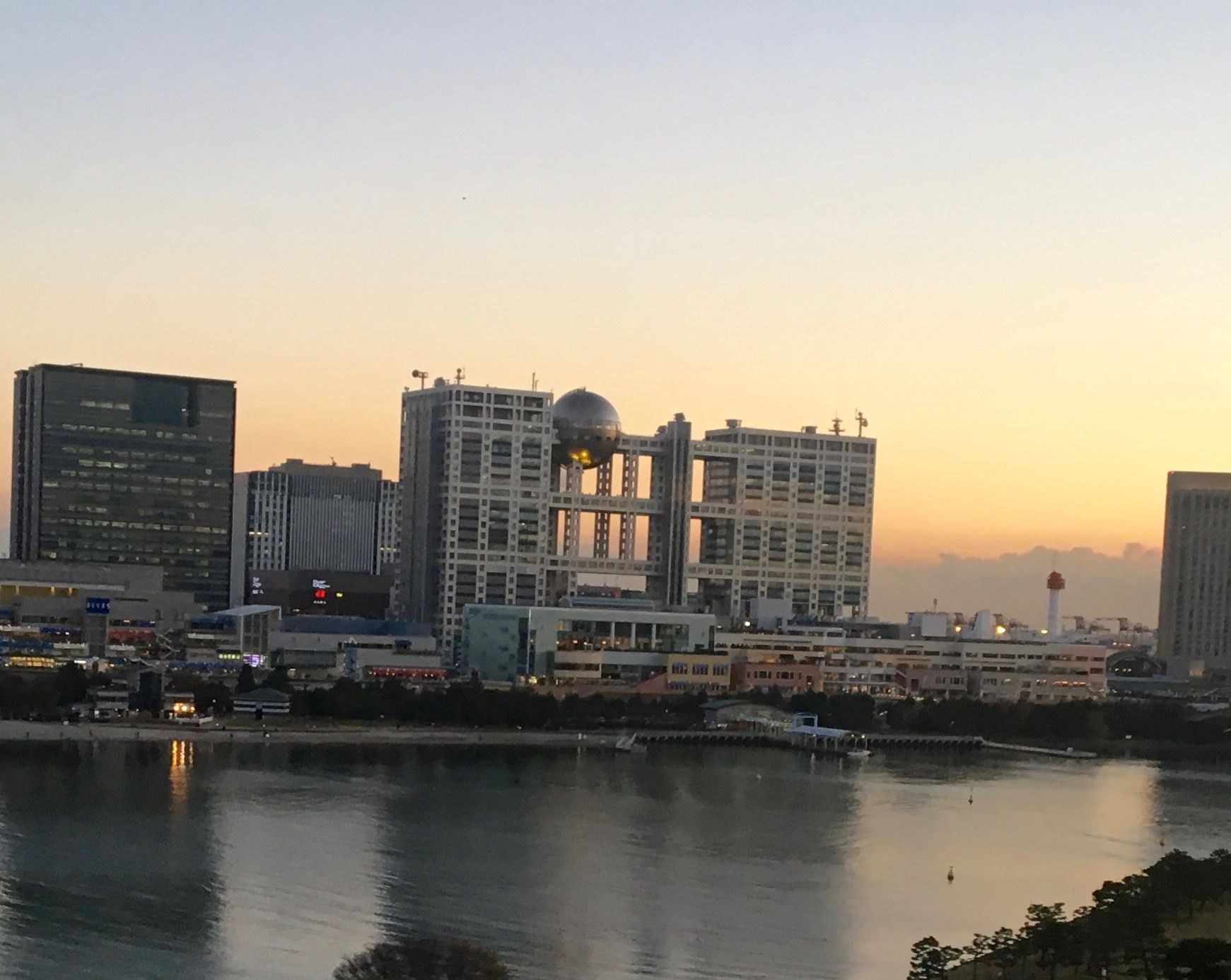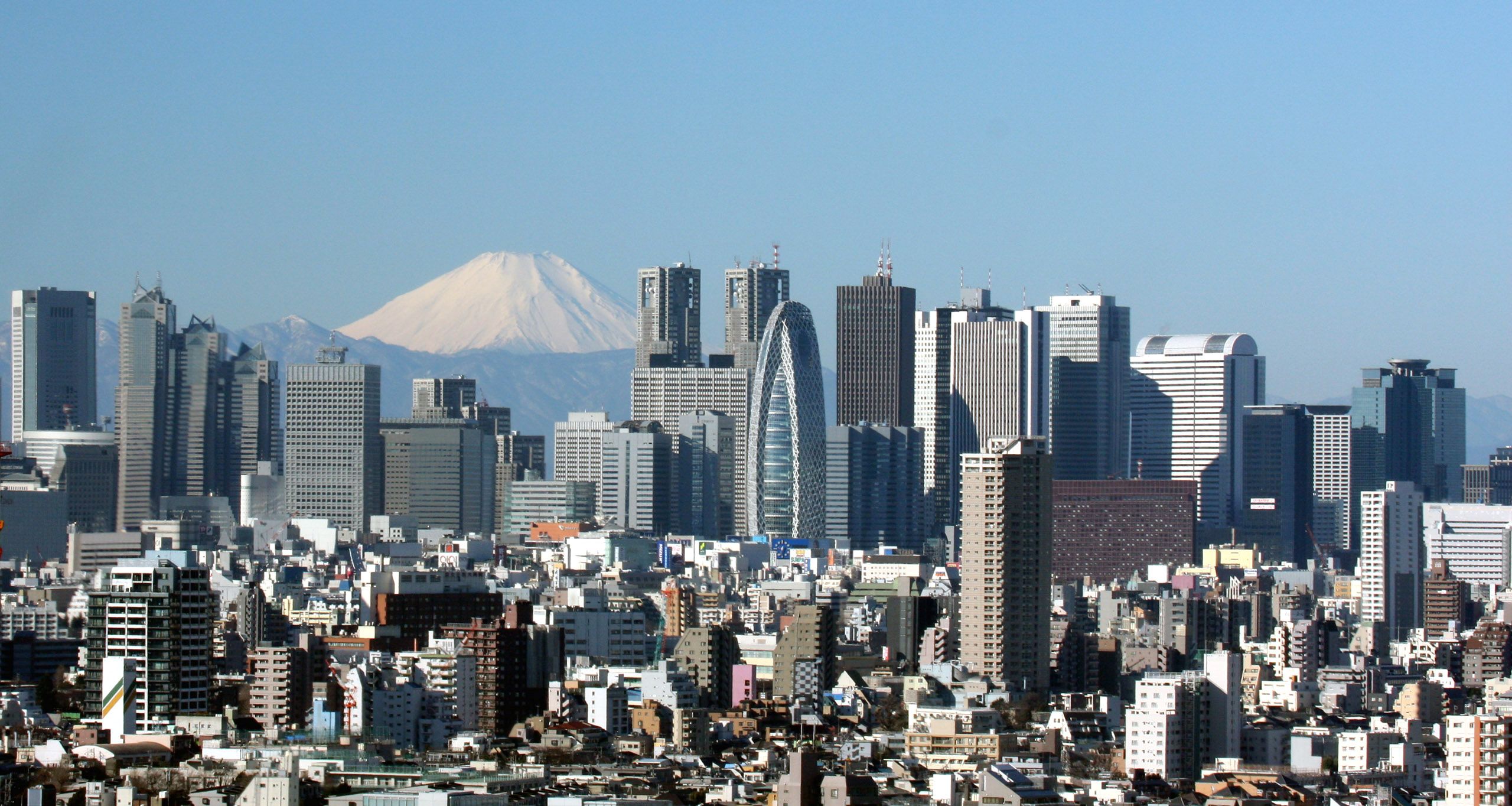I was recently in Tokyo, where I caught the sun setting behind this confounding juxtaposition of giant shapes that is Fuji TV’s headquarters. It’s just one of the vast forest of skyscrapers that make up the biggest city in the world—and much of the material that makes up those buildings is sand dredged from the bottom of the ocean. Unlike most countries, which get their sand for making concrete from riverbeds and inland floodplains, resource-poor Japan is forced to turn to the sea-bed. It’s much more expensive and complicated to get sand that way, but sometimes there’s no choice. Japan vacuums up some 40 million cubic meters of the stuff from the ocean floor each year. That’s enough to fill up the Houston Astrodome 33 times.
Of course, ocean bottom dredging has other costs as well. Hauling up all those grains can tear up the habitat of bottom-dwelling creatures and organisms—and cloud up the water with enough sediment to suffocate fish and other life forms.



